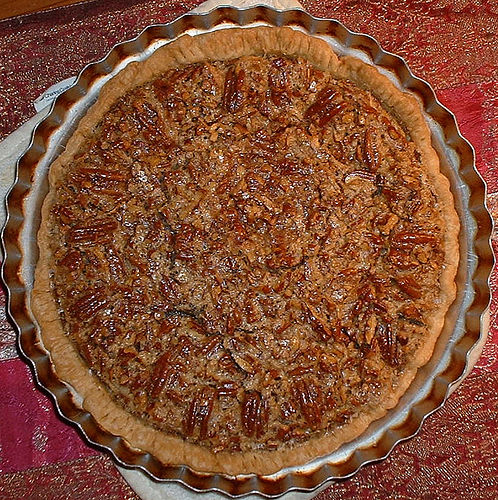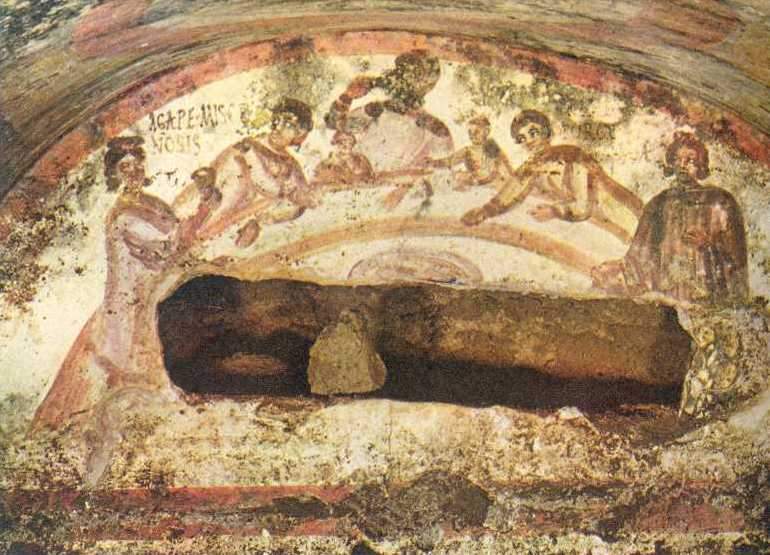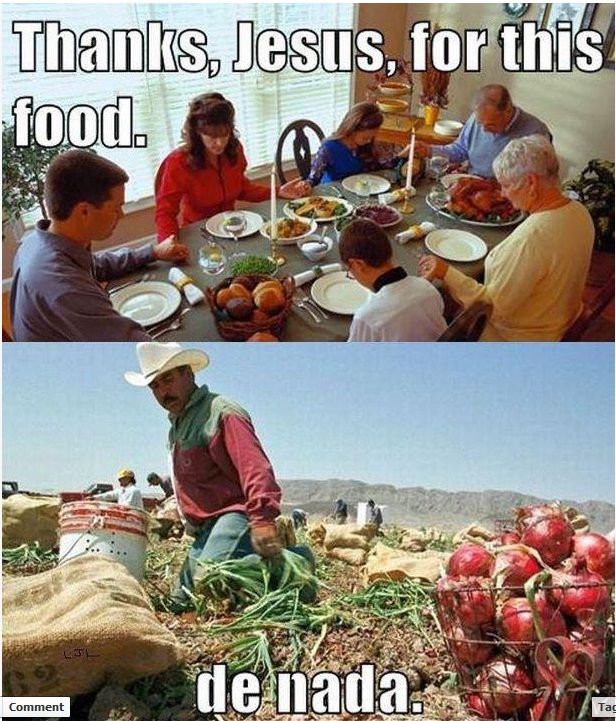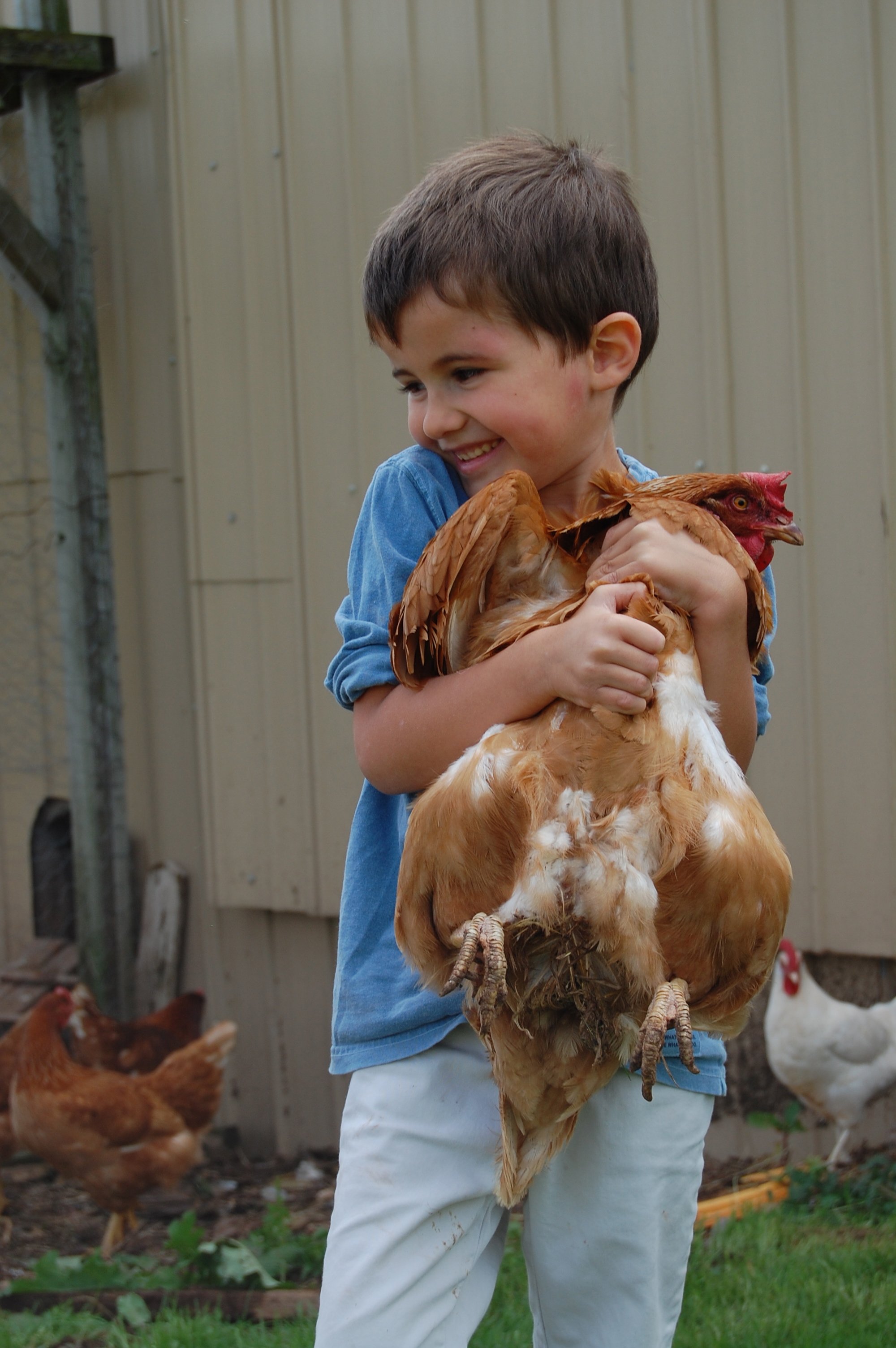We’ll be having a birthday cake today, to celebrate the birthday of the Rev. Dr. Martin Luther King, Jr.
Because, yes, we’ll watch the I Have a Dream speech; yes, we’ll sing “We Shall Overcome”; we’ve read the picture books and talked about the civil rights movement. But to truly mark a day as special–to show a 3 year old and a 6 year old that Dr. King’s birthday is worth remembering in a big way–you must have cake.
Now, Dr. King’s favorite dessert is reputed to be pecan pie–a deeply American dessert, a wonderful recipe for which you can find here–but that’s not a dessert my children will eat, and it excludes my dad because gluten-free pie crust is not easy. So we’ll have something else, but the important thing is, it’ll be Dr. King’s birthday cake.
{Talking to my son last night, I explained Jim Crow and segregation in mild, child-appropriate terms, and he said, with deep concern, “But what if you were white and your really good friend was black or you were black and your really good friend was? You couldn’t be together?” Bless that child.}
{What follows below is excerpted and modified from a previous post on The Help.}
While the film was criticized by some (including the New York Times reviewer) for supposedly showing only the domestic side of segregation, I loved it because of how it (and the book) used basic bodily functions to communicate both the shared humanity of and gulf of separation between blacks and whites in 1960s Mississippi. References to taming hair and clothes to meet societal expectations are pervasive, as are motifs and themes related to toilet functions.
Present also (but in the book, less emphasized) is the motif of food and the theme of shared eating. I’m particularly tuned in to food issues, of course, but there was no missing the way in which the film capitalized on images of shared and segregated eating and drinking. The black maids must take care of their physical needs furtively and shamefully–sneaking a bite of deviled egg on the sly, for example–all the while pampering the appetites of their white employers. Hilly Holbrook (a smoothly hateful Bryce Dallas Howard), will gorge herself on the food cooked by her maid, Minnie (Octavia Spencer, who voiced the same character on the audiobook), but expects her to use a designated outdoor one–even during a tornado. The film portrays the shame and belittlement of this segregation in cinematic shorthand.
{I’m sorry; I’m having formatting issues I’m as yet unable to fix…}
Where the film goes beyond the book (in its portrayal of food and eating), it aligns with my own understanding of a biblical theology of food. So much of food and eating, within the Bible, touches on issues of poverty, justice, community, and inclusion.
- In virtually every culture, sharing food non-ceremonially is an important indication of welcome and friendship–Jesus’ ministry emphasized the importance of eating with those who are different as a way of not just symbolizing—but, in fact actually practicing the kind of equality and unity that he proclaimed. Early Christian writers, too, claimed that sharing life, including meals, with persons of different backgrounds was a “proof” of true Christian faith.
- So when the outcast “white trash” Celia Foote drinks a cold Coca-Cola with Minnie, it’s a foretaste not only of the meals she’ll later insist on sharing with (and then cooking for) Minnie, but a foretaste, too, of the coming healing, reconciliation, and deep friendship that forms between Minnie and Celia, and Skeeter, Minnie, and Aibileen.
And a foretaste, too, of the heavenly banquet.
- Living the gospel acknowledges our shared humanity and need for reconciliation with God and with each other. When we sit to eat together, we acknowledge our physical needs and that shared humanity (we all eat; we all excrete) while tasting just a bit of God’s graciousness. The Help reminds me again just how countercultural that Supper of the Lamb really is, and inspires me to look for ways to taste the firstfruits of that meal in my own life, right now. And that, as the preacher in the film says, takes self-sacrifice and a willingness to hear one anothers stories. But it’s also the only way to true relationships and genuine joy.














